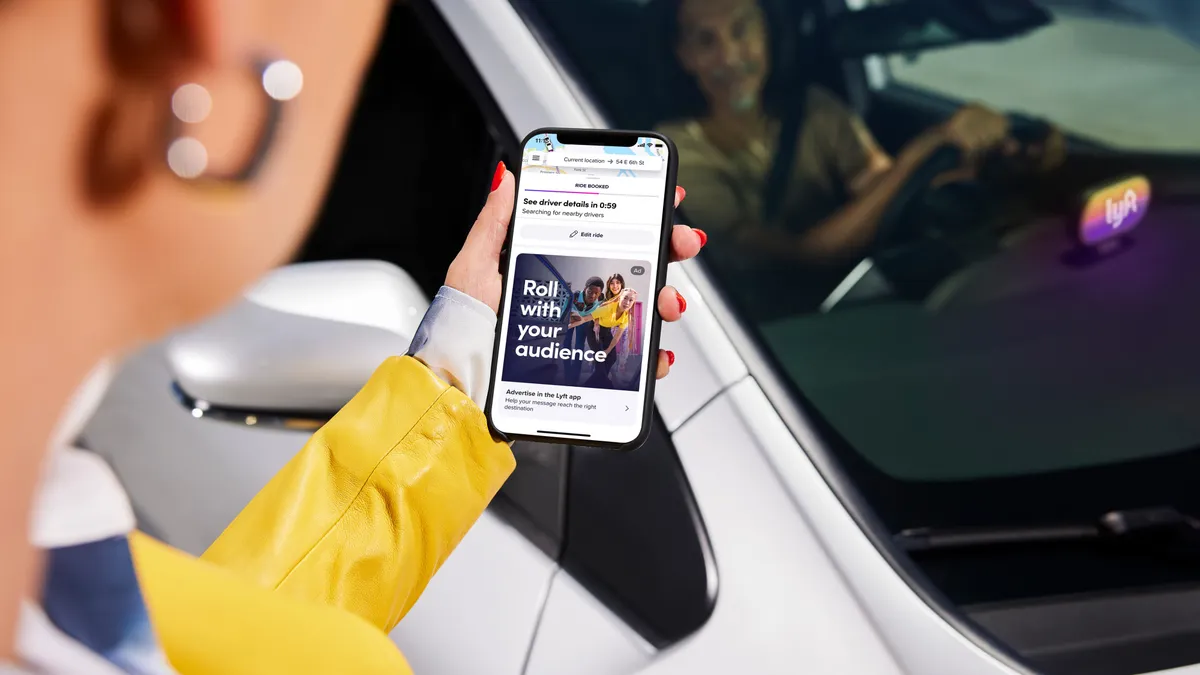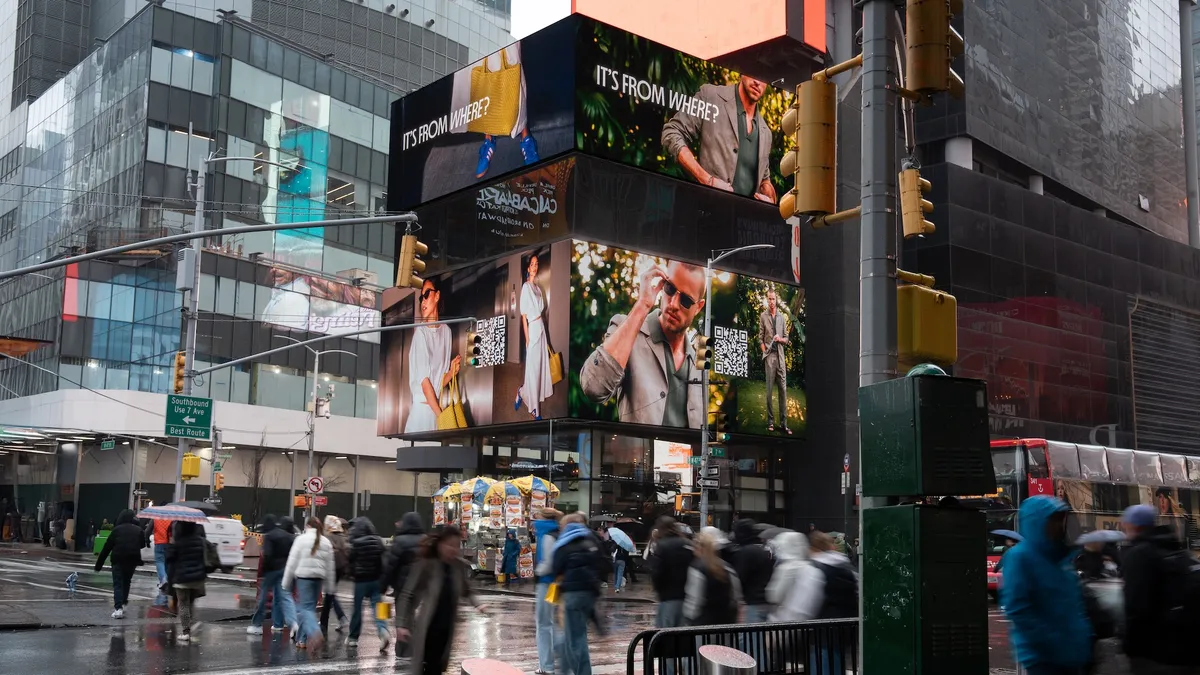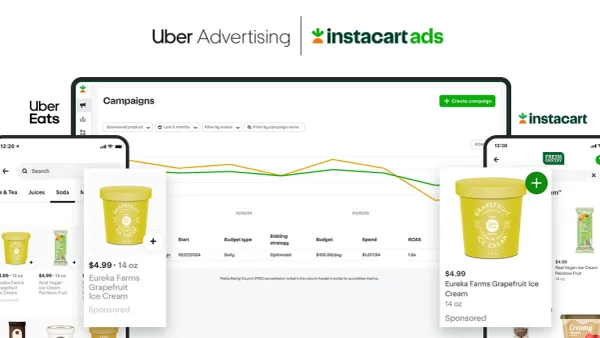The pendulum started to swing back in favor of branded apps in early 2018, in part because of the peripheral technology native apps can access, like augmented reality, social media, location services and online ordering. While brands like Nike, Citibank and others are creating powerful experiences with the right combination of mobile technology, others are struggling to find what will resonate with their customers.
While some brands went all in on creating apps five or six years ago, others started to pull back when they didn't see major traction in downloads and engagement, Andrew Becks, chief operating officer at 301 Digital Media, told Mobile Marketer. During the first few months of 2018, it was clear that brands are still experimenting with how to strike the right balance between partnering with third-party developers and social media services versus creating their own apps to drive awareness and sales.
"There have been a lot of brands saying, 'We should be doing something in mobile,' but the details of what it takes to make an app actually work can get lost that in that bigger picture," Becks said.
In search of broader appeal
The pendulum is not only swinging back in favor of branded apps but ones that extend a brand's reach in new ways, according to Becks. Citibank, for instance, updated its app to let non-customers get spending insights and view their financial information. Starbucks made a similar play by opening up its Mobile Order and Pay app to users regardless of whether they're rewards members.
Win: Nike's 'App at Retail' test
The first few months of the year saw a renewed focus on leveraging mobile to enhance the in-store experience. Nike is testing a mobile functionality called "App at Retail" to recognize customers when they walk in a store, let them search for product availability in their area and scan and pay for items without waiting in line, company executives said in an earnings call last month.
Nike may be taking a page from the iPhone maker itself in its quest to modernize in-store experiences, according to Becks. Amazon Go, launched earlier this year as a cashierless retail concept, is another example of how mobile is changing in-store experiences.
"Apple has been successful in putting retail apps into its stores to allow cashierless payment and generally using mobile to interact at a deeper level," he said. "You need to understand your audience and if you can support that platform — is it value-additive to the organization in the long term? For Nike, that may be the case."
"... Now we're at a point where brands can really start to flex and finesse to see what's possible to orchestrate between all of the touchpoints at work behind that little screen in people's hands."

Alex Angstrom
Strategist, Truth Collective
Fail: McDonald's 'Experience the Future'
Pointing out the challenges inherent in merging mobile and physical experiences was McDonald's, which has reportedly seen staff turnover and longer customer wait times as it rolls out its own mobile ordering and payment options, a strategy dubbed "Experience the Future." Success here will come down to over-communicating how the technology will change everyday processes and potentially consulting customer-facing staff earlier on in the planning process, said Becks.
"A lot of the decision-making around these things tends to be done at the highest level without a lot of information making it to the front line until it's time to roll it out," he said.
Teamwork makes mobile commerce a slam dunk
Win: Jordan Brand's Snapchat AR activation
Longtime basketball fans will remember Michael Jordan's famous free-throw line dunk from 1988, but a partnership between Nike's Jordan Brand and Snapchat brought the memory back to life using augmented reality (AR) in a campaign that drove pre-release merchandise sales on Snapchat.
"When you've been making the same shoes for 33 or so iterations, the experience you create around the product is key to keeping things fresh for fans," said Alex Angstrom, strategist at New York-based Truth Collective. "These kinds of complex campaigns have been possible before, but now we're at a point where brands can really start to flex and finesse to see what's possible to orchestrate between all of the touch points at work behind that little screen in people's hands."
Emerging brands like Allbirds, meanwhile, developed an exclusive deal to sell a collection of its wool sneakers on Instagram, while Home Depot chose Pinterest as a channel to expand its "Shop the Look" visual recognition figure. These marketing moves aim to drive engagement with the brand on social media platforms and boost sales.
"It's table stakes now to advertise on social media. These symbiotic relationships with the platforms is something new," Dan Asulin, associate creative director at Barker, told Mobile Marketer. "It's the next level of that relationship, and you're going to see more brands jump on board."
Social media struggles
Fail: Snapchat's celebrity backlash
Brands may be wondering about Snapchat's ongoing relevance based on several Q1 developments, but these thoughts could be premature. Decisions by Rihanna and Kylie Jenner to leave Snapchat, for example, were quickly followed by a stock sell-off, while Snapchat's redesign may have actually driven users to Instagram.
While some social services are compared as arch-rivals, they often evolve in more distinct ways, per Asulin. He pointed to Pinterest, which also started out as a general-purpose service for image sharing but is now used to plan weddings and home renovations and serve users looking for inspiration. Snapchat, similarly, is beginning to market itself as "your best friend's social network," versus a platform for celebrity influencers.
"It's becoming a more specialized platform. It is its own thing with its own uses," Asulin said. "Do I think Snapchat is going to die? No. It's just going to change."
Fail: Facebook's Cambridge Analytica scandal
Of course, no mobile marketing story made bigger headlines in Q1 than reports of Facebook improperly sharing user data with research firm Cambridge Analytica. Despite public apologies from CEO Mark Zuckerberg, there's no question the incident will have marketers taking a second look at their investments in social media services overall, not just Facebook, Becks said. While it remains to be seen if there will be a lasting impact on advertising sales, the consensus right now is that heavier regulation is likely coming down the pike.
"Everybody in these large Fortune 1,000 companies were already obsessing whether they were fully in compliance with regulations around personal privacy like GDPR," he said. "[The Facebook scandal] is a great reminder for brands that you could be doing everything you're supposed to do on your side, but your partners could be your biggest liability. They're now going back to the table and making sure they've been indemnified."
Powerful partnerships
In some cases, marketers chose to partner with emerging apps rather than established social media heavyweights to gain traction. This includes KFC, which put Valentine Day-themed GIFs on the Tenor app, which in turn was recently bought by Google.
"People seemed to discount AR's potential when they saw VR coming up behind it. But it will take a while until consumer adoption and technological know-how catches up for VR to really take off."

Alex Angstrom
Strategist, Truth Collective
Win: HQ Trivia lands Warner Bros. and Nike
The popular mobile game show HQ Trivia snagged two major advertiser deals. It will reportedly add questions about Warner Bros. movies as part of a $3 million deal. Nike, meanwhile, formed a sponsorship deal using a $100,000 prize on the mobile app to celebrate March 26's Air Max Day and promote its latest sneakers.
Much like hit TV shows, Asulin said certain apps have already proven themselves to be fun and entertaining ways to more deeply connect with elusive consumers.
"These are brands that have a lot of affinity, a lot of clout, but one of the hardest things is getting someone to download an app," he said. "They know that in this case, without saturating the market with yet another app of their own, they can deliver results."
The promises and challenges of next-generation tech
Win: Cheetos Vision
Besides partnering with newer apps, brands are also finding ways to innovate with newer tech like AR. This has been spurred in part by giants like Google, whose ARCore software developer kit has reportedly led to more than 60 app releases, as well as popular brands like Zara, whose AR app lets shoppers view AR images of models wearing items from in-store displays. It was Cheetos, however, that showed some of the more dynamic ways AR can help consumers see the world through a brand's eyes with an app it launched at the South by Southwest festival in March.
"People seemed to discount AR's potential when they saw VR coming up behind it. But it will take a while until consumer adoption and technological know-how catches up for VR to really take off," Angstrom said. "You have to make your creative, content, tool or app useful for mobile and designed with it in mind, not just repurposed."
It should be worth the effort, he added. "The interactions and peripheral technology we can lean into with mobile is vastly beyond that on the desktop."
Fail: Mercedes-Benz Super Bowl game
Not all mobile technology is ready for prime time. In lieu of a pricey TV ad during the Super Bowl, Mercedes-Benz's "Last Fan Standing" contest asked at-home viewers to hold a finger on an image of a Mercedes-AMG C43 Coupe, with the winner the person who could do so the longest. Instead, the game never began, as Mercedes-Benz reported it ran into last-minute issues related to servers.
Ally Bank, which also held a smartphone-based contest that Super Bowl viewers could play was the brand without a national TV spot that drove the highest percentage of brand conversation online, underscoring the significant opportunity Mercedes-Benz missed to gain positive word of mouth because of the technical difficulties.






















